- Tertiary hyperparathyroidism is the persistence of hyperparathyroidism initially secondary to renal failure after a patient has had renal transplantation.
- Parathyroidectomy is recommended to obtain normal serum calcium in tertiary hyperparathyroidism.
- Tertiary hyperparathyroidism may present with a single adenoma, multiple adenomas, or four-gland hyperplasia. Limited resection of affected glands in case of single or double adenomas may be appropriate, although higher recurrence rates are reported.
Latest Updates
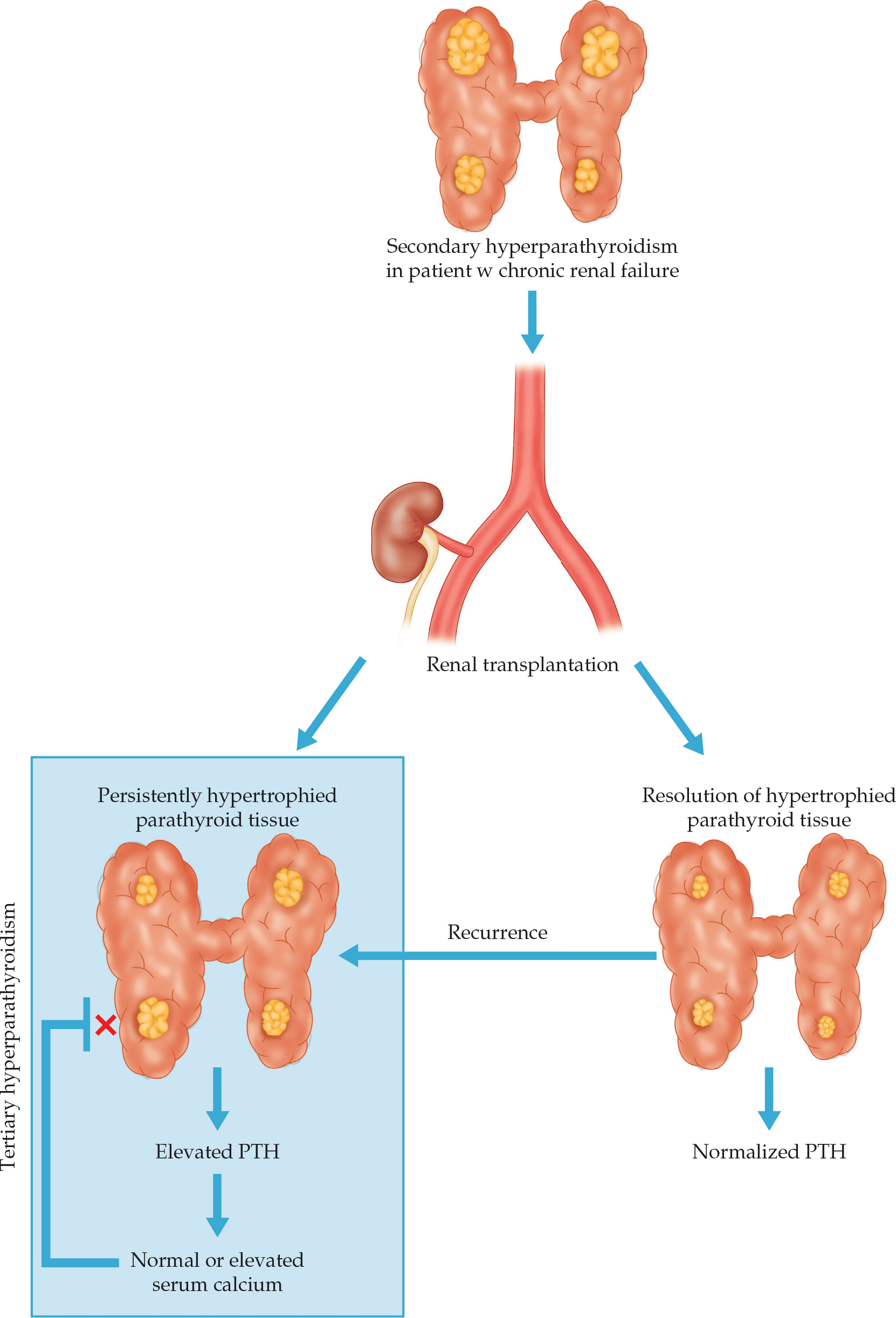
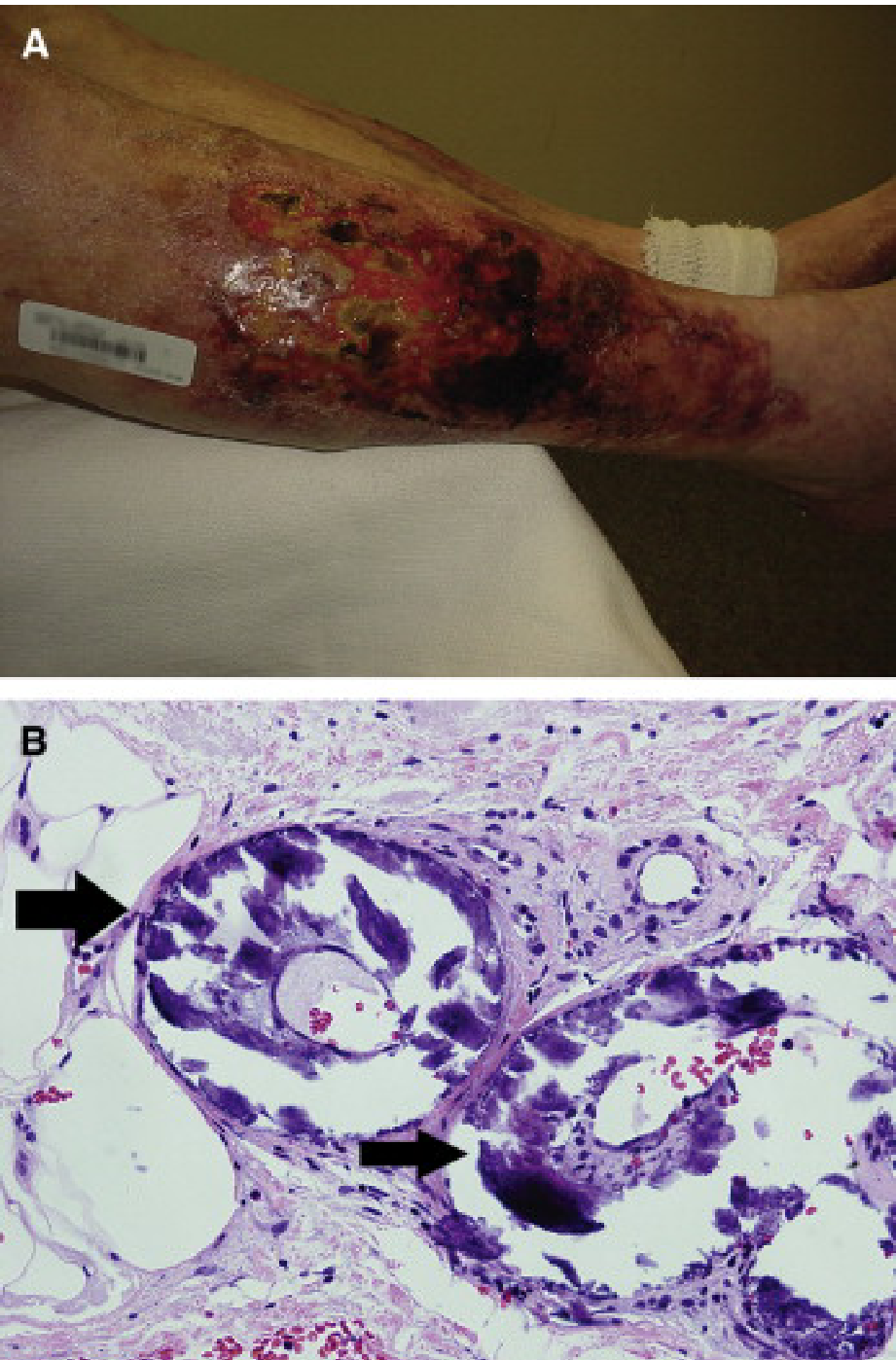
- Secondary hyperparathyroidism is overproduction of parathyroid hormone (PTH) due to a nonparathyroid cause and presents with elevated PTH despite normal or low serum calcium.
- Secondary hyperparathyroidism results in four-gland hyperplasia; thus, either subtotal parathyroidectomy or total parathyroidectomy with autotransplantation is the recommended surgical approaches.
- Subtotal parathyroidectomy is associated with higher rates of recurrence, whereas total parathyroidectomy with autotransplantation is associated with higher rates of hypocalcemia.
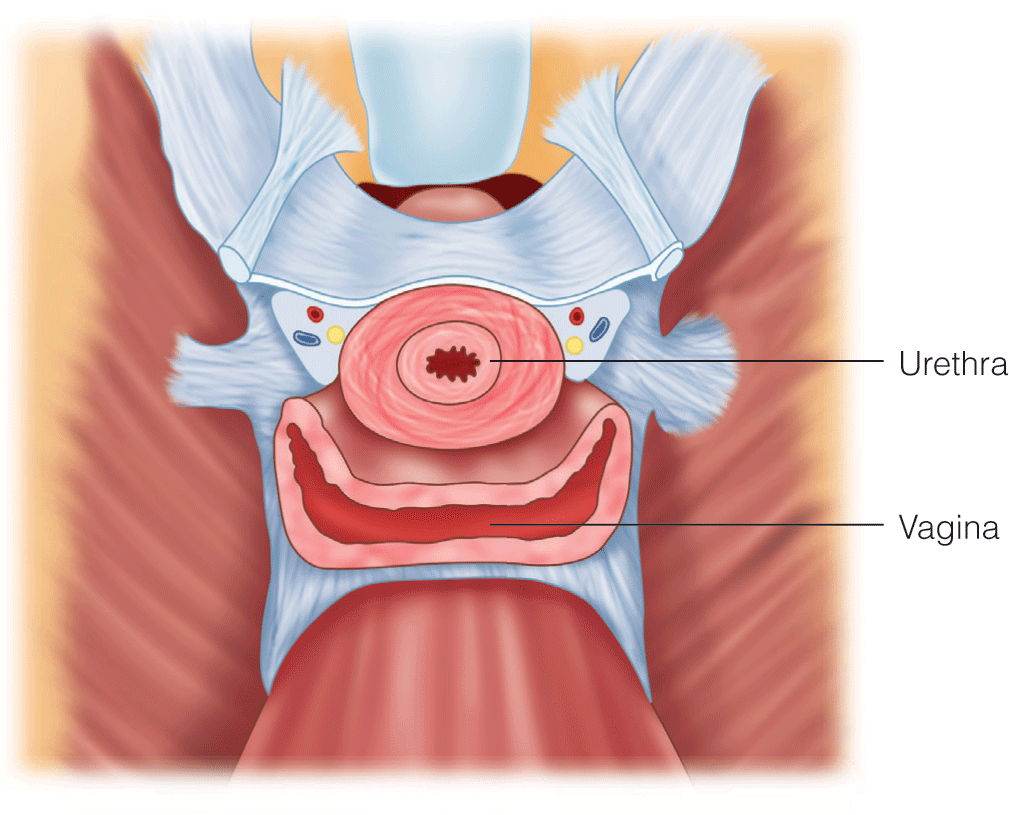
Surgical Treatment of Female Stress Urinary Incontinence Using Injectables
- Management of recurrent SUI is challenging, and bulking agents should be considered a viable option for patients.
- Transvaginal ultrasound assessment of injected volume should be utilized to assess response and outcomes for patients requiring reinjection.
- Stem cell therapy is a new and exciting frontier that can potentially restore the continence mechanism, but more studies and clinical trials are required.
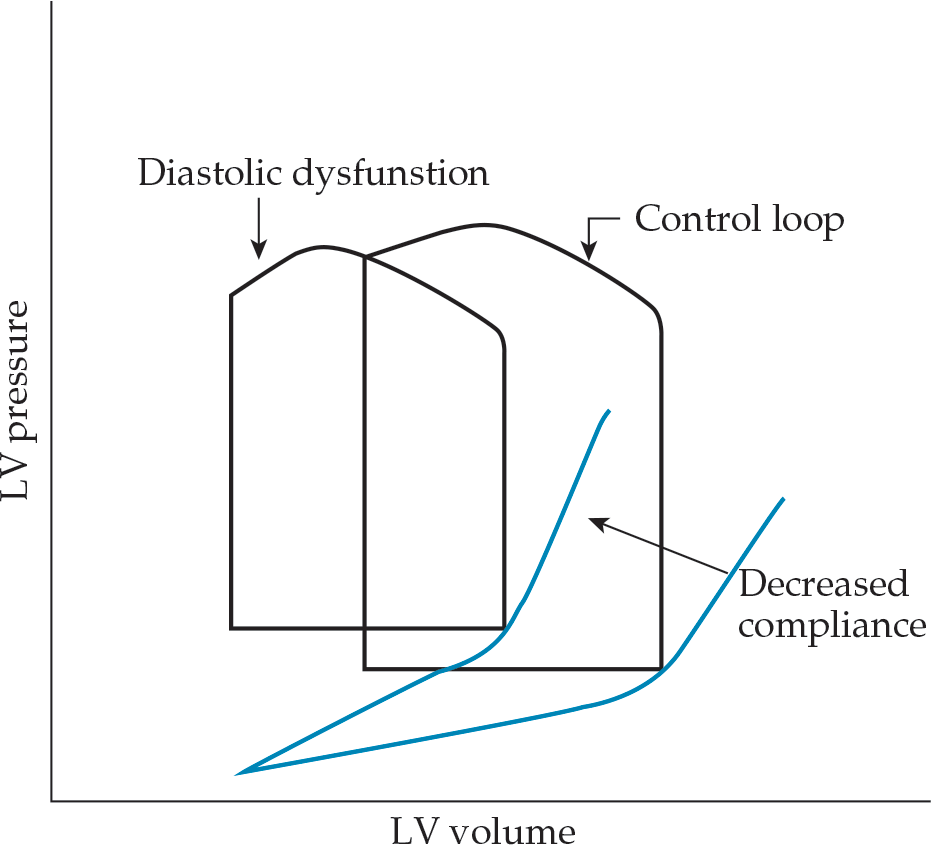
- Recommendation by the Association of Anaesthetists of Great Britain and Ireland to include geriatricians in the perioperative patient care and planning of elderly patients
- Recommendation by the American College of Surgeons and American Geriatrics Society for required reconsideration of any patients existing advanced directives prior to undergoing a surgical procedure to ensure adherence to the patient’s values and wishes
- Evidence suggesting that elderly patients have better 1-year mortality when they are very mildly sedated (BIS > 80) during regional or spinal anesthetics
- Multiple studies demonstrate that grip strength is an accurate predictor of postoperative complications in elderly patients. This simple bedside test could be easily implemented during preoperative evaluations.
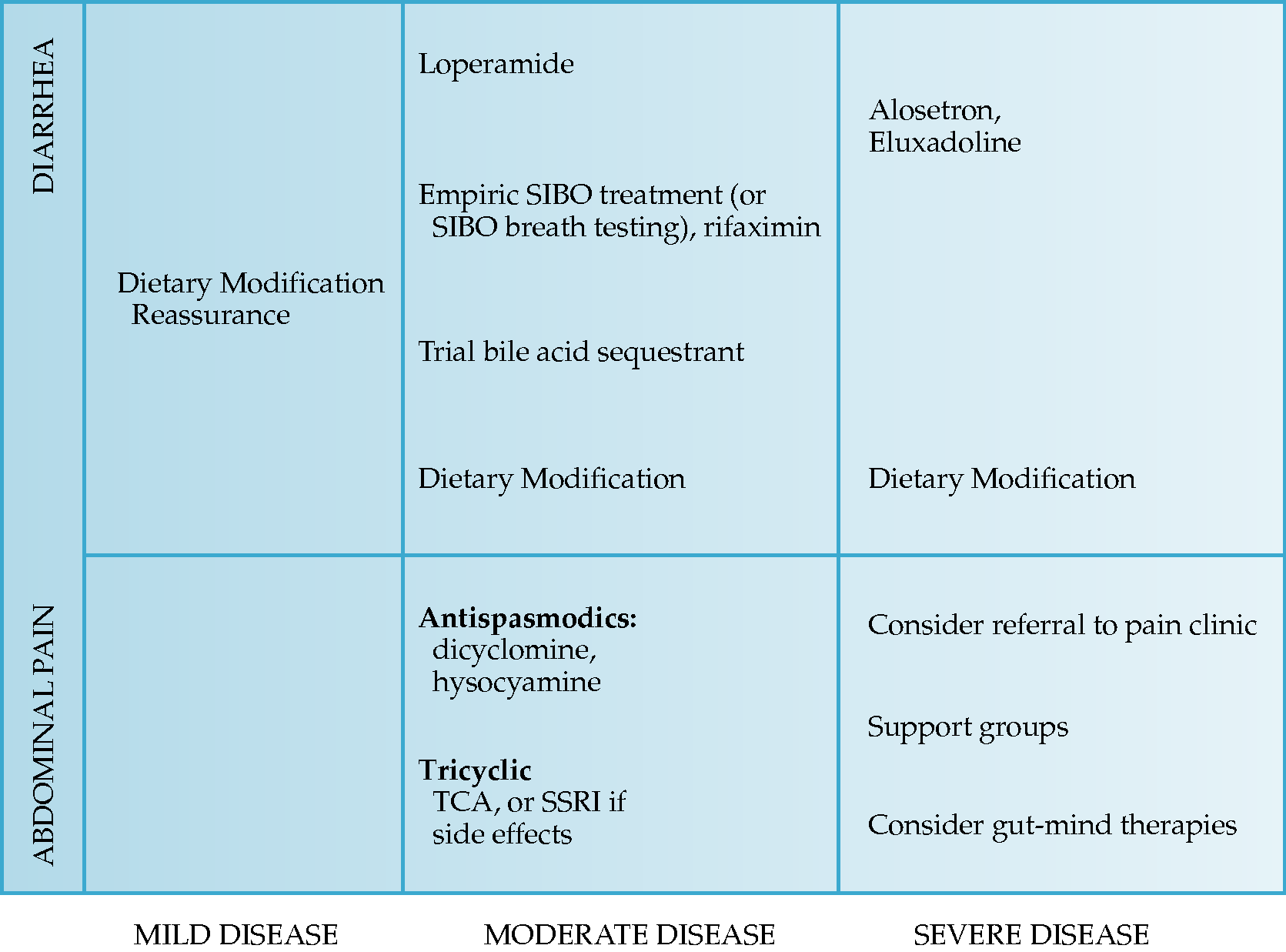
Irritable Bowel Syndrome with Diarrhea
- Eluxadoline is currently approved for the treatment of IBS-D
- In patients whose IBS-D symptoms recur after rifaximin treatment, another course of rifaximin was shown to be safe and effective.
- Empiric treatment with bile acid sequestrants should be considered in patients diagnosed with IBS-D
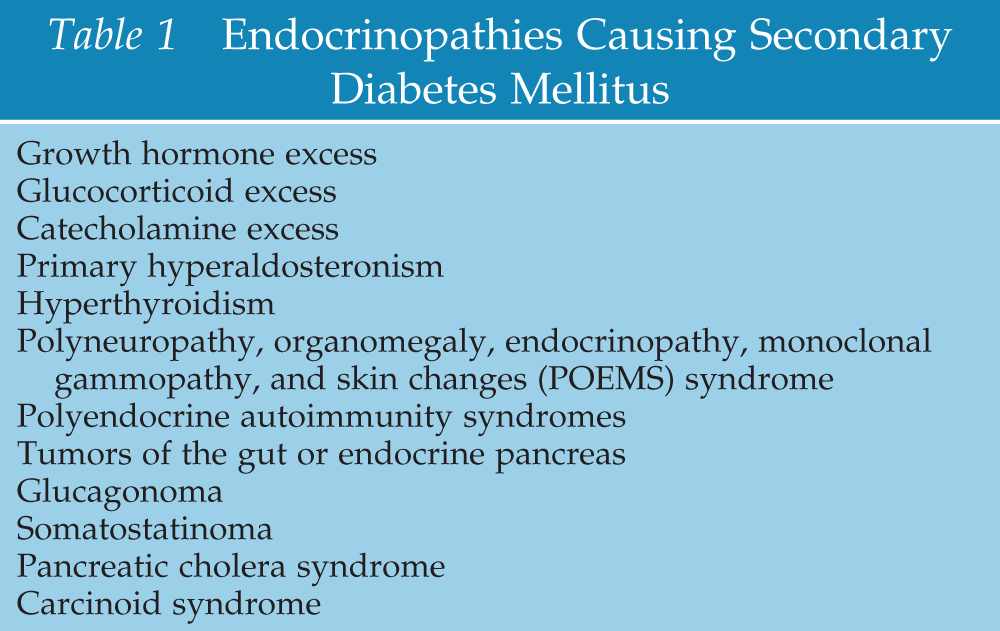
Secondary Forms of Diabetes Mellitus
- Maturity-onset diabetes of the young (MODY) is characterized by the early onset of diabetes (usually before age 25) in the absence of signs of insulin resistance and by familial clustering with an autosomal dominant inheritance pattern. Many forms of early-onset diabetes are recognized as monogenic diseases, with each subtype being caused by a single highly penetrant gene defect at the individual level.

Secondary Forms of Diabetes Mellitus
- Maturity-onset diabetes of the young (MODY) is characterized by the early onset of diabetes (usually before age 25) in the absence of signs of insulin resistance and by familial clustering with an autosomal dominant inheritance pattern. Many forms of early-onset diabetes are recognized as monogenic diseases, with each subtype being caused by a single highly penetrant gene defect at the individual level.
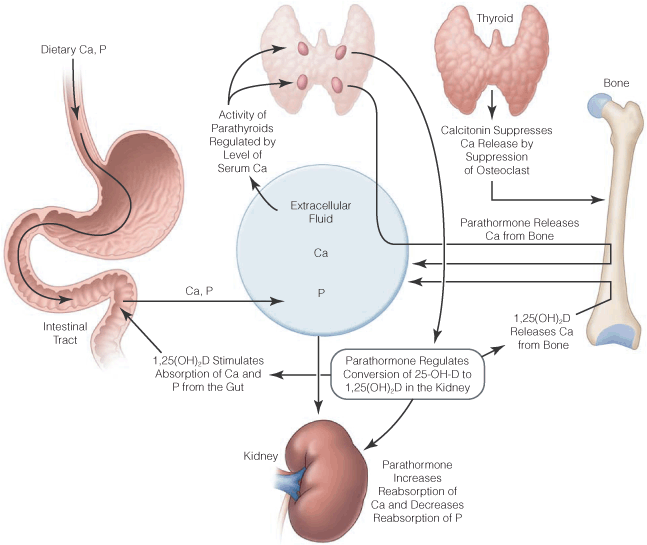
Diseases of Calcium Metabolism and Metabolic Bone Disease
- Diseases of Calcium Metabolism and Metabolic Bone Disease


.png)







